
WHAT ARE WISDOM TEETH?
Roof The roof of the mouth proper consists of the hard and soft palates. The hard palate is found anteriorly. It is a bony plate that separates the nasal cavity from the oral cavity. It is covered superiorly by respiratory mucosa (ciliated pseudostratified columnar epithelium) and inferiorly by oral mucosa (stratified squamous epithelium).

Teeth Names Permanent Adult Dentition Notation Stock Illustration
The mandible and maxilla - like most bones in the human body - have a core of less dense cancellous bone, wrapped in an outer layer of more dense alveolar bone. The part of the mandible and maxilla that are in the mouth are covered by the gums. And the teeth rest in bony sockets within the mandible and maxilla and are surrounded by the gums.
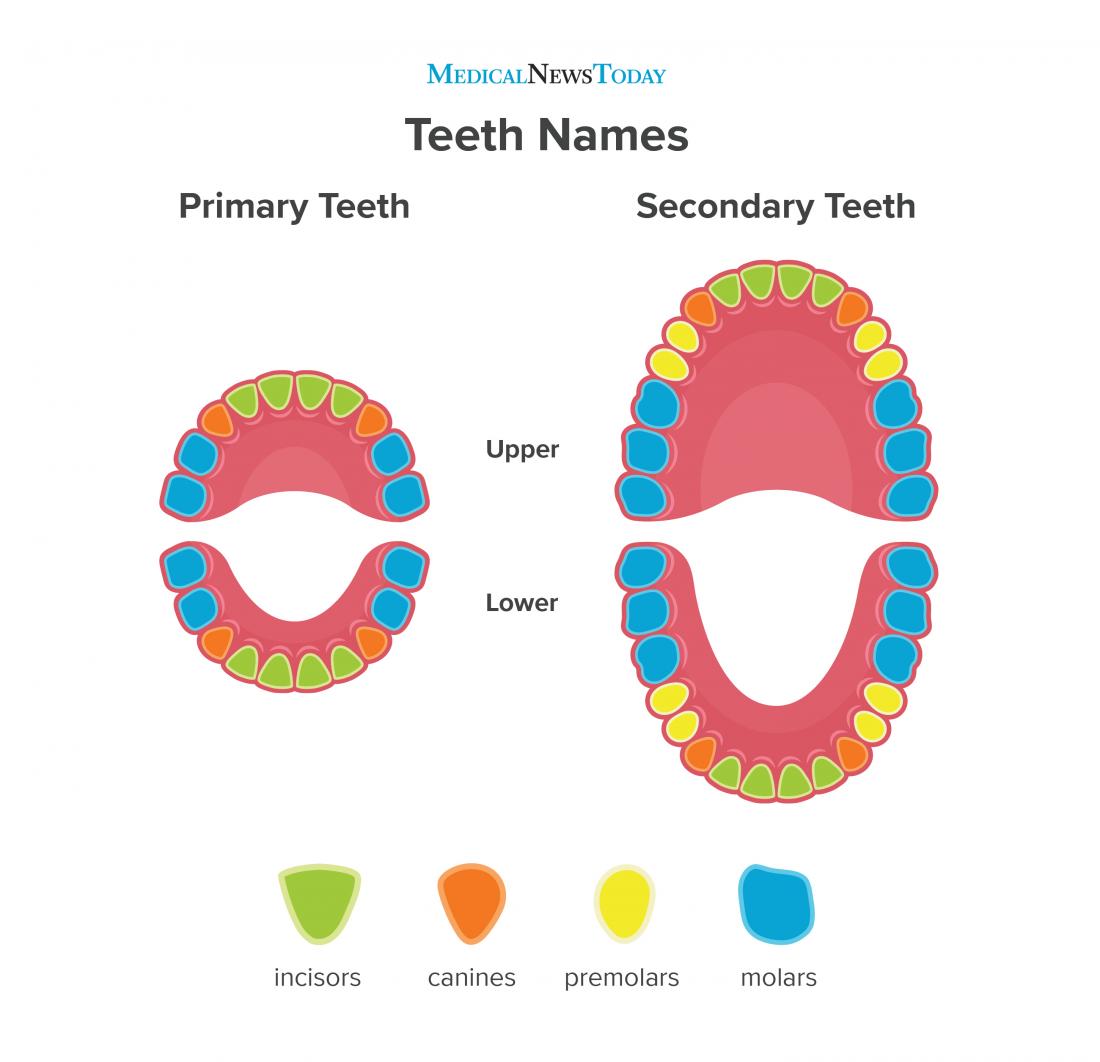
Teeth names Diagram, types, and functions
Figure 1. Teeth numbers and names diagram. The human teeth is composed of 16 upper teeth and 16 lower teeth. They are also divided into four quadrants. Have you ever struggled reading your dental treatment plan from your local dentist? Sometimes, it feels like deciphering a difficult table from a college statistics book.
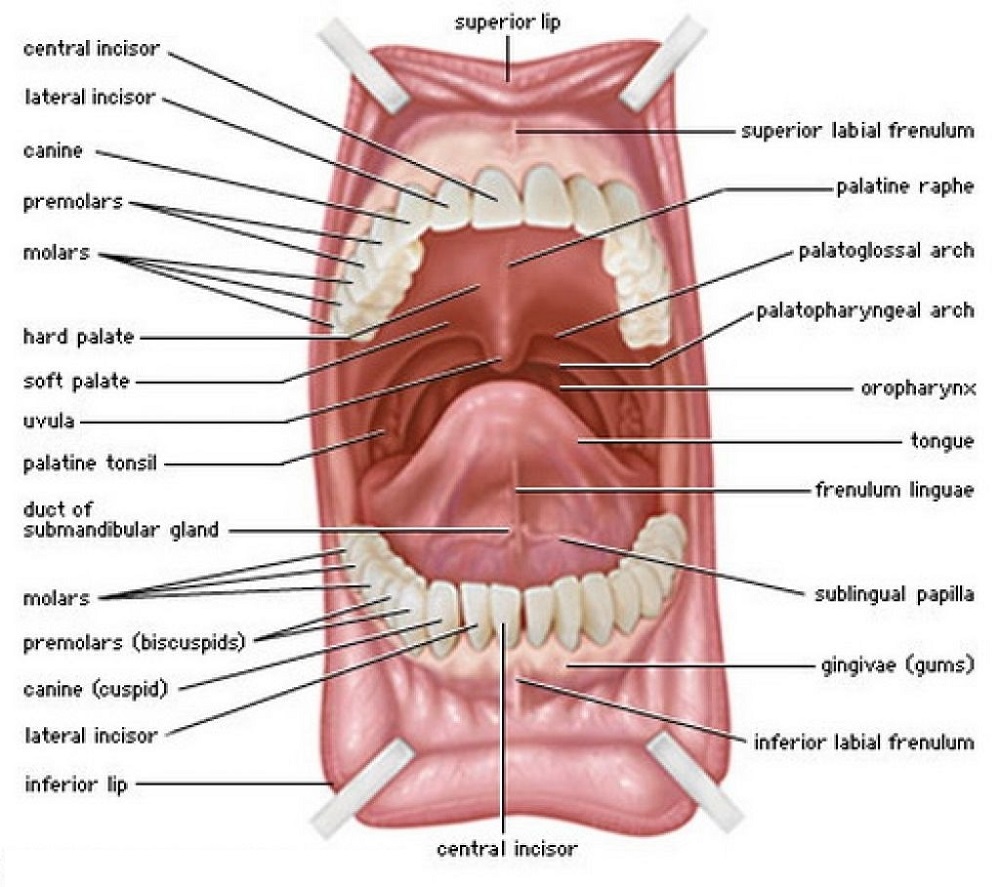
Mouth Diagrams Printable 101 Diagrams
A View of the Mouth Inside the Tooth 3D MODEL Tooth eruption There is a broad range of normal times for teeth to push through the gum tissue (erupt) into the mouth. For primary teeth, the central incisors are the first teeth to erupt, occurring at about 6 months of age.
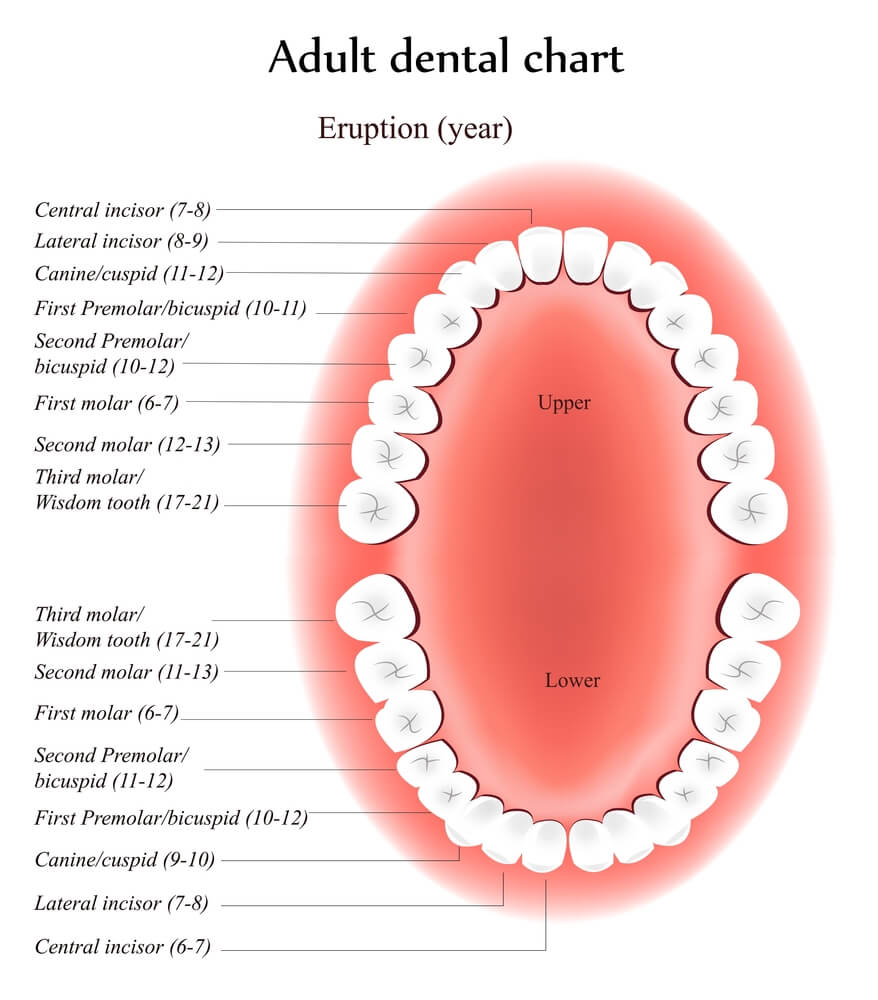
The Purpose of Teeth Dr. Kevin Sands
Mouth. A molar tooth is located in the posterior (back) section of the mouth. It is found in most mammals that use their posterior teeth to grind food. Twelve molars are usually present in an.
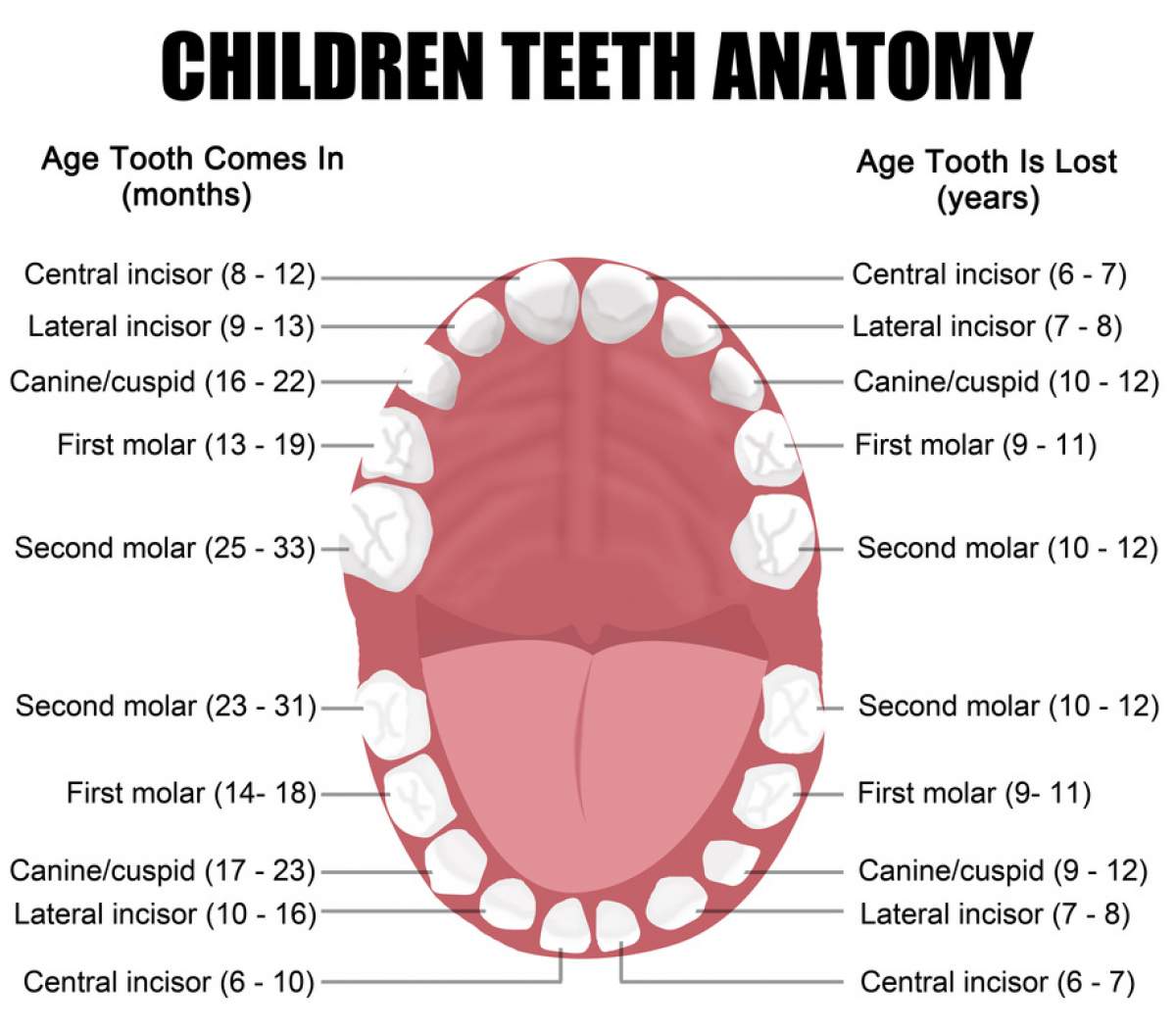
Children Teeth Anatomy Dentist Manhattan NY
Enamel. The outer layer of the tooth and the hardest material in the body. Dentin. The inner layer and the main part of the tooth, and the largest dental tissue. Pulp. Soft tissue on the inside of the tooth that contains the nerve, blood supply, and the ability to produce dentin. Root. The part of the tooth that secures it into the jaw.

Mouth Teeth Diagram with Label coordstudenti
Adult teeth are called permanent or secondary teeth: 8 incisors. 4 canines, also called cuspids. 8 premolars, also called bicuspids. 12 molars, including 4 wisdom teeth. Children have just 20.

Mouth Teeth Diagram with Label Health Images Reference
Place a pea-sized dab of fluoride toothpaste on the head of the toothbrush. (Use a soft toothbrush.) Place the toothbrush against the teeth at a 45-degree angle up to the gum line. Move the brush.

Diagram showing mouth and teeth Royalty Free Vector Image
Canine teeth help you tear into foods like meat and crunchy vegetables. Sometimes, people call canines "eye teeth" because of their position directly under your eyes. Premolars. Also called bicuspids, premolars sit between your canines and your molars (the teeth in the back of your mouth). Premolar teeth have features of both canines and.

Dental Mouth Diagram for Education Health Images Reference
The name of teeth on each arcade is self-explanatory - the top sixteen are named 'maxillary teeth', while the bottom half are named 'mandibular teeth'. Each arcade is similar but not identical to its counterpart. The teeth on each row, or arcade, are divided into four groups; named as follows from the dental midline outwards:

The Mouth, Pharynx, and Esophagus Anatomy and Physiology
The teeth are multifunctional appendages that essential in basic human functions, like eating and speech. Teeth are composed of multiple unique tissues with varying density and hardness that allows them to tolerate the significant forces and wear of mastication. They are attached to the maxilla (upper jaw) and the mandible (lower jaw) of the mouth. Humans have four different types of teeth.

Mouth Teeth Diagram with Label Health Images Reference
What's my mouth's function? Your mouth supports many daily functions, including: Breathing. Talking. Chewing. Tasting. Swallowing. Eating. Drinking. Mouth function in digestive system Your mouth is where digestion begins. When you chew food, your salivary glands make saliva (spit). Saliva helps break down starches in the foods you eat.
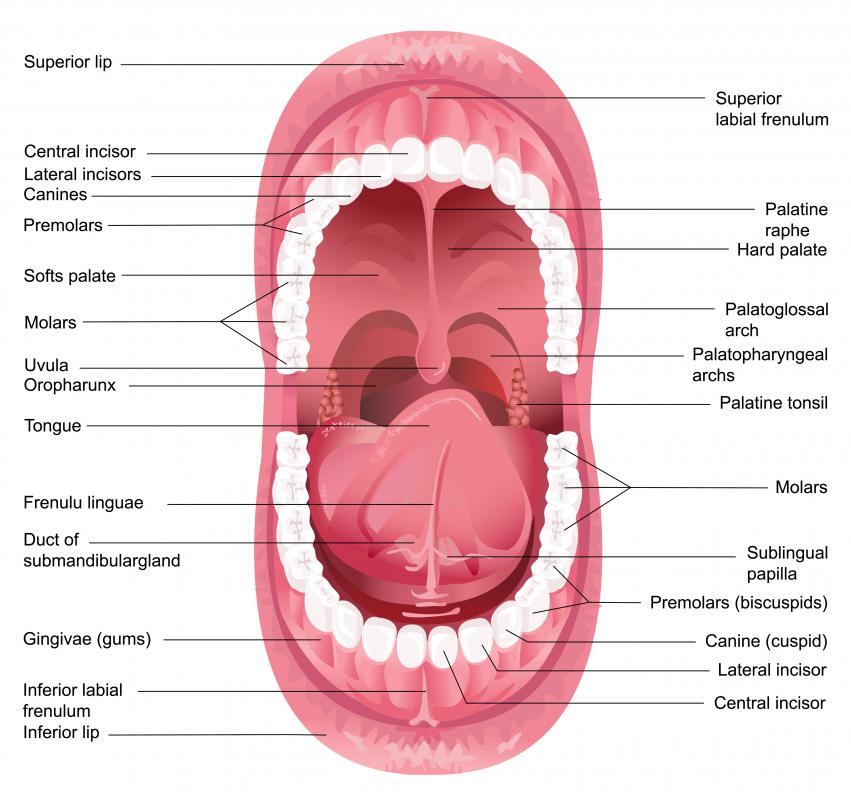
What is a Dental Arch? (with pictures)
Canines Canines are the sharp, pointed teeth that sit next to the incisors and look like fangs. Dentists also call them cuspids or eyeteeth. Canines are the longest of all the teeth, and people.

23.3 The Mouth, Pharynx, and Esophagus Anatomy & Physiology
A teeth chart is a simple drawing or illustration of your teeth with names, numbers, and types of teeth. There are separate teeth number charts for adults as well as babies. This diagram helps us learn the names of each tooth, the corresponding number, and their location.
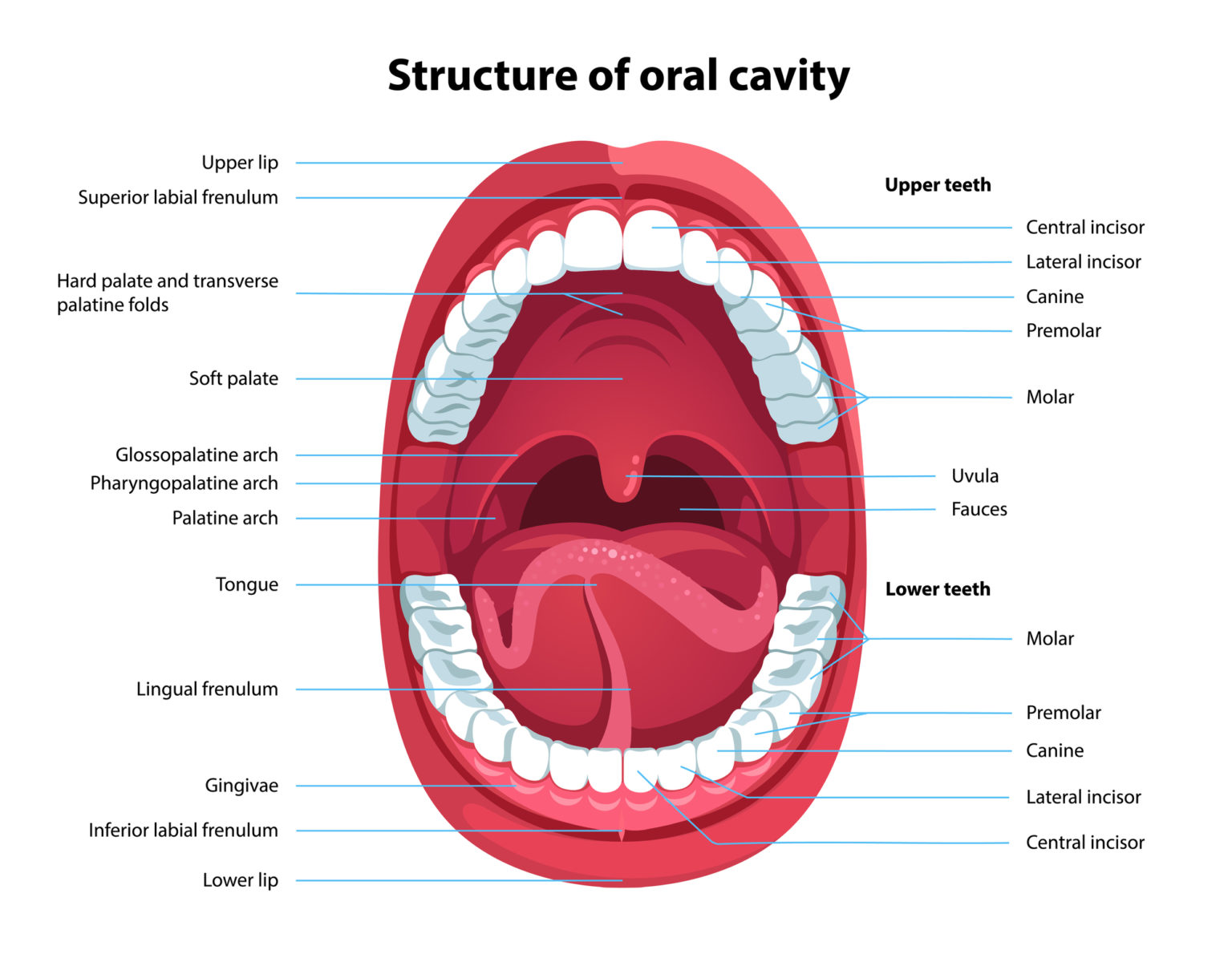
What Are the 3 Key Functions of the Teeth? Vancouver Centre for
Learn about the types of teeth in a fast and efficient way using our interactive tooth identification quizzes and labeled diagrams. This leaves up to eight adult teeth in each quadrant and separates the opposing pairs within the same alveolar bone as well as their counterparts in the opposing jaw. Each quadrant contains: a medial incisor
Dental Articles and Resources
In this section, you will examine the anatomy and functions of the three main organs of the upper alimentary canal—the mouth, pharynx, and esophagus—as well as three associated accessory organs—the tongue, salivary glands, and teeth. The Mouth. The cheeks, tongue, and palate frame the mouth, which is also called the oral cavity (or buccal.